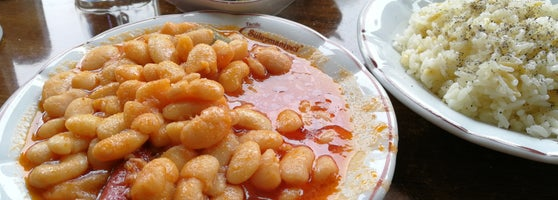The next morning, Sunday, we walked up the hill to join
the tour group in the Hippodrome, the site of the huge medieval stadium
dedicated to chariot races, the favorite spectator sport of the time. The
hillside area below the Sultanahmet Mosque, once home to the Great Palace of
the Byzantine emperors, has now developed as a touristic center with modest
homes converted into boutique hotels, tourist restaurants and shops, and travel
agencies.
But traditions continue, like itinerant sellers of simit (bread rings with sesame seeds).
The hippodrome area has been repaved since I was last
here. It now looks like a generic plaza
anywhere, except of course for the extraordinary monuments that still survive
from the spina (the central line) of the race track.
The granite obelisk from Egypt (15th c. BC) and its
limestone base, carved with images of the emperor Theodosius I at the
hippodrome races (392 AD), are awesome.
The Serpent Column from Delphi (479 BC) is being
restored. The upper part of one of the serpent
heads is on display in the renovated galleries upstairs in the Archaeology
Museum. Why don’t they move the column indoors,
too? It surely deserves better
protection.
After our extended visit here, we went over to the Hagia
Sophia. This venerable building, a
church for 900 years, a mosque for 500 years, a museum for 85 years (1935-2020),
is now serving once again as a mosque.
No need to buy entrance tickets, since entry to mosques is free. The security check was desultory. When we arrived, midday prayers were about to start.
The building was crowded with both worshippers and tourists.
Guards made sure tourists did not infringe on
the worshippers in the front part of the main room.
The big difference now is the vast turquoise-colored carpet that
covers the floor of the nave, everywhere apart from the cut-out that exposes
the square of opus Alexandrinum, circles of granite and other colored stones,
perhaps a place where the Byzantine emperor’s throne was placed. Light fixtures, big circles with lamps, hang
low. But the dome is now completely
visible, free from the scaffolding used for conservation in recent decades.
What about the figural art from Christian times? The apse mosaic of the Virgin Mary and the child Jesus is partially covered with white drapes.
Mosaics in other spaces are exposed: the seated Jesus and the prostrate
emperor Leo VI in the inner narthex above the main door into the nave, and
Constantine and Justinian above the entrance into the inner narthex.
The gallery is completely closed to visitors,
unfortunately. From the middle of the
nave I looked up and could see that the two major imperial panels (Constantine IX
and Zoe; John II Comnenus and Irene) are uncovered.
After the prayers were over, we were able to walk around
even in the front sections of the nave and side aisles. It was a surprise, though, to see an older
man – an imam? – teaching younger men, all seated on the carpet. I felt I was in a bygone century.
It was curious to see this building, which I have visited
countless times, in its new incarnation as a mosque. But that’s how it is now. With the gallery closed, it will be more
difficult for teachers and guides to explain the architecture and the art
works. What I don’t know is what the new
arrangements are for conservation. After
all, the Hagia Sophia is almost 1,500 years old. Attention to its well-being is constantly needed.
Our last stop of the day was another mosque, the
Sülemaniye, the mosque of Suleiman the Magnificent (1550s), the work of Sinan, the
leading Ottoman architect of the time. This grand, noble building sits serenely amidst beautiful
gardens. Worshippers and visitors come
and go, of course, but tourist hype is absent, there are no jostling
crowds.
But first, before the visit, we needed lunch, even though it was by now 4:00 pm. Across the street is Erzincanlı Ali Baba, a restaurant famous for its kuru fasulye (white beans in tomato sauce), served with rice pilaf and, perhaps, yogurt or ayran (a slightly salty plain yogurt drink).
All 30+ of us
were promptly and impeccably served by a team of attentive waiters.
Once inside the mosque, a conservator explained the recent restoration of the decorative paintings in the upper reaches.
By stripping away layers of paint and by
consulting old records, the original designs could be recovered, and then
redone.
Outside, we lingered in the courtyard to admire the tiled
panels and the colonnaded space.
Soon it was time to leave.
Those of us returning by train to Ankara were taken by minibus to the train station at Söğütlüçeşme ("Fountain with willows"), on the Asian side. This leg of the trip
took only 20 minutes, thanks to light Sunday late afternoon traffic and to the
tunnel under the Bosporus – a miracle of engineering, especially for those of us
who remember the city long ago, before the first bridge was built across the
Bosporus. Who in 1969, when I first
visited Istanbul, would ever have imagined that this would be possible?



































